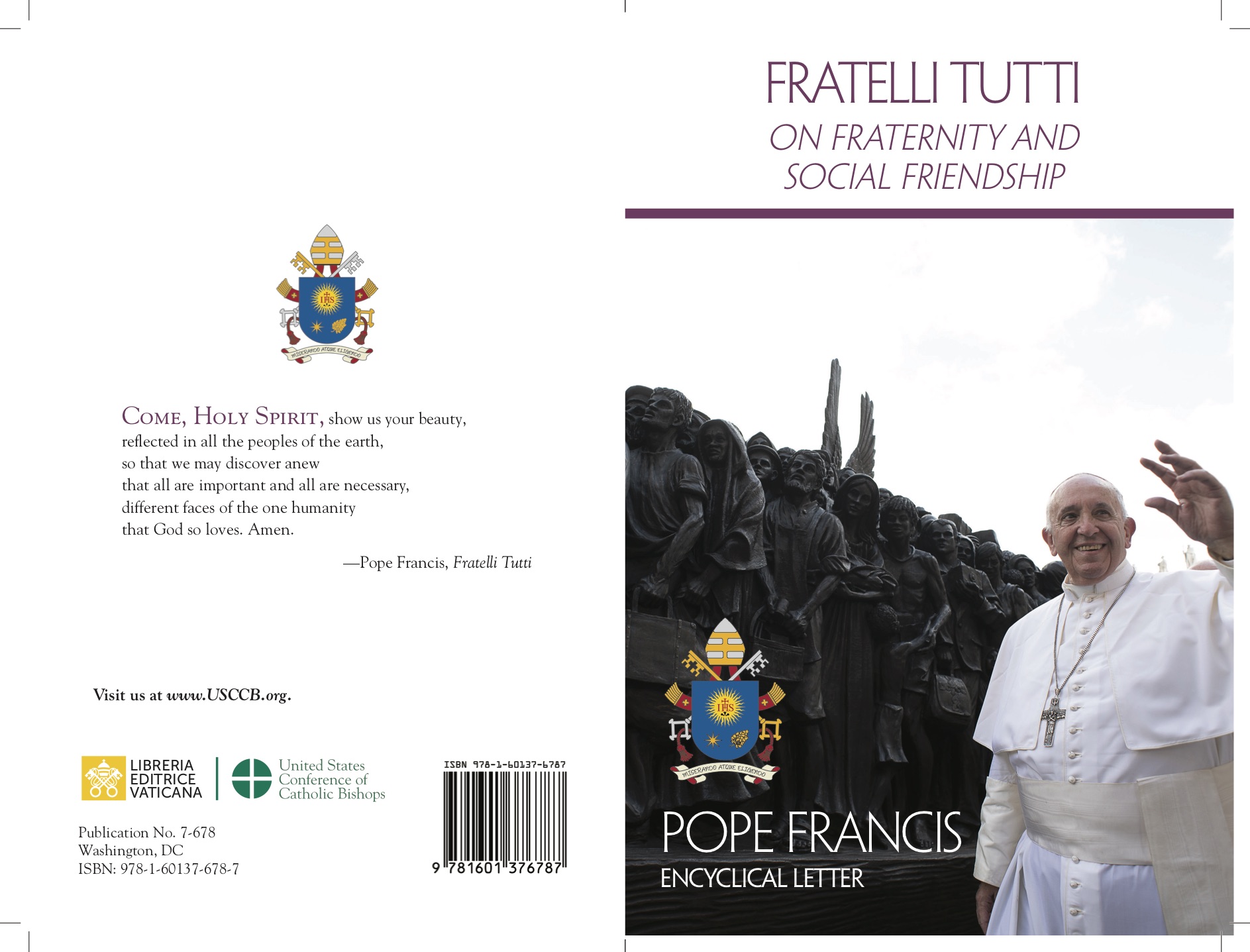
“It was between the woman she would have wanted to beget and me that the Thing settled. My mother had misled me and her work had been so perfect, so profound, that I wasn’t aware of it, I didn’t realize it anymore”. The Thing, the mental illness.
Marie Cardinal, the great Franco-Algerian writer, recounted this in her book The Words to Say It because she had experienced it. These were years of anguish and fear, when she was confined at home by a mother who imposed a straitjacket of conventions and sacrifices to mold her into the ideal of the “perfect bourgeois woman”. For a long time, her’s was a life of silence.
Marie Cardinal began to find the words at the age of 33, in 1961—at the dawn of the Sixties, so full of dreams and a desire to live—when she escaped from a psychiatric clinic. Then, upon gathering her courage, she stepped into a psychoanalyst’s office in Paris, to see le petit docteur, the one who was to save her. No medication, no drugs. Only words to name la chose—the thing.
Madness is something that can imprison a life. It can brand it. Moreover, even today, it is used as a stigma to silence, subdue, and repress women.
“That one’s crazy”, they say—she’s lost her mind. That is what the men in the mafia whisper when a woman breaks the code of silence. Locas, madwomen, was what they called the Mothers of Plaza de Mayo—women who were only mad with love for their desaparecidos, their children who had vanished in the prisons of Argentina’s dictatorship in the 1970s.
Even the illiterate teenage Bernadette Soubirous was at first accused of madness and threatened; no one believed her when she spoke of her visions of the Virgin Mary in the Lourdes’ grotto.
Nonetheless, madness has also been, and still is, a threshold of freedom—one that women have chosen so as to be themselves, a tool to escape the social constraints of being unable to speak, especially in public. An alternative to convention. “Of all the things women can do in the world, speaking is still considered the most subversive”, writes Michela Murgia in her book Stai zitta [Shut Up].
Let’s talk about female madness as rebellion, as a challenge to normality—as a “technique” adopted out of necessity by wise women across time, be they artists, thinkers, or saints. A way to break free from imposed structures. A way to expose the hypocrisy of power, of society, and even of the Church.
“It takes nothing, you know, my lady, don’t be alarmed! Nothing it takes to be crazy, believe me! I’ll teach you how to do it. All you have to do is shout the truth in everyone’s face. No one believes it, and everyone takes you for a fool!” (Luigi Pirandello, Il berretto a sonagli [The Rattlesnake Beret])
Even in the origin of feminism, women were considered mad. Suffragettes were from time to time hysterical, even deranged, in the sense of unbalanced and somewhat anarchic, because they went about claiming freedom, autonomy, and equality.
When Marie Cardinal’s The Words to Tell It was published in 1975, it was immediately intertwined with the bursting onto the public scene of the so-called second wave of feminist movements, which followed the suffragette era, and the debate over psychiatric reform. In this general ferment, the relationship between women and “madness” began to be explored in its social dimension. Slowly, the link emerged between female distress, dismissed as “madness”, and the difficulty of adapting to a framework built on gender inequality. Madness, in this view, became what Michel Foucault called an act of extreme rebellion against the supposedly dominant rationality. That is why it so frightens the custodians of the established order and is so harshly punished by them.
Three years before Marie Cardinal, psychologist Phyllis Chesler wrote Women and Madness, a study on mental illness in the United States in early 20th-century, where the label of “madness” was systematically used to confine women who were deemed too free and independent. Creative, eccentric women—those who did not conform to the suffocating social norms of the time—were not given space to be heard; it was easier to exclude them from the community and “treat” them. “The descent into psychological pathology is the price many women have paid for resisting the conventional roles imposed on them”, says Wanda Tommasi, professor of philosophy at the University of Verona and a member of the feminist philosophical community Diotima, which specializes in the study of gendered thought.
In La ragione alla prova della follia [Reason to the Test of Insanity], published by Liguori, Wanda Tommasi analyzes the stories of thinkers who pushed reason to the edges of madness in an attempt to grasp, through writing, that dark matter which is, nonetheless, an integral part of the human condition. “A significant case is that of Helene von Druskowitz, an Austrian philosopher, writer, and music critic who was institutionalized in an asylum for nearly thirty years until her death in 1918 due to her misandry—essentially, her hatred of men. Helene was not insane at all. She simply expressed an extremely radical idea, which was she held men responsible for the violence of history and advocated for the separation of the sexes”.
Since antiquity, women have been considered more prone to mental disorder. Not the noble madness born of direct communication with the divine—what Plato, in Phaedrus, calls telestiké, one of the paths to happiness. Anthropologist Gilbert Rouget refers to it as ekstasis: an altered state of consciousness, reached in silence, solitude, and stillness, expressed through visions and hallucinations, and granting access to deeper knowledge.
In addition, madness as possession was the fate of the so-called witches of the Middle Ages and, above all, the modern era. “It would have been better if they had simply been considered insane—or rather, if they had been recognized as capable, as they truly were, of moving freely between dream and wakefulness, between fantasy and reality, between the visible and the invisible”, comments Wanda Tommasi.
The Church’s stance on this matter has been ambiguous, having for centuries been the sole authority on care.
On one hand, madness was seen as a form of possession, something to be cast out or distanced. Women who did not conform, who ranted, who invoked God in unconventional ways, faced the horrific punishment of the stake—a means to ensure that the possessed soul did not stray further from the “sick” body.
On the other hand, there was holy madness, seen as an authentic manifestation of radical evangelical devotion. This included visions, ecstasies, prophecies, and other phenomena deemed supernatural, and these were experiences that filled the faithful with awe and hope.
A figure that was considered both witch and madwoman, yet also a hero, was Joan of Arc. She was burned at the stake at just nineteen to extinguish her reformist fire, she was later rehabilitated and, six centuries after her death, canonized as a saint.
In addition to the aforementioned, there was the hardships faced by the Beguines. These were women who were devoted to prayer and charitable works, and often poets and writers. They formed religious communities outside the hierarchical structure of the Catholic Church. And, the Cathar women, who simply called themselves “good women” and were condemned as heretics.
In 14th-century France, the Beguine Marguerite Porete, who was a religious woman and writer, was burned at the stake for refusing to renounce her book The Mirror of Simple Souls, a work on Christian spirituality
In the 21st century, the most common psychological suffering among women is depression, which affects them twice as often as it does men. “Women are more likely to turn their anger inward in response to painful events like loss or abandonment”, notes Wanda Tommasi. Once again, a social factor is at play, for there are strong negative emotions such as anger that are often discouraged in traditional models of femininity. “Women also tend to value relationships highly and, to avoid jeopardizing them, are often willing to silence themselves to please those they are emotionally attached to”, says the expert. “A common thread connects the many faces of so-called female ‘madness’ across time and cultures, which is the need to shape a desire that overflows beyond male-imposed limits and mediations, to break free from restrictive stereotypes created by others, and to speak from their own perspective, while letting their authentic voices be heard. Since the 1970s, both consciousness-raising groups and psychoanalytic practices have helped women realize that the sense of inadequacy felt by an individual woman was, in fact, shared by many others”.
“How many women, from Marie Cardinal to the American poet Sylvia Plath, have “found the words” to narrate their psychological suffering, and have reshaped it into literature? They have transformed the stigma of madness, which had been used to label them, into a source of creative power”, concludes Wanda Tommasi. “In doing so, they demonstrated that expressing and sharing even the most painful experiences could be redemptive—not only for themselves but also for those who saw their own struggles reflected in them”.
So many, too many, women’s lives still echo the words of Alda Merini, when she said, “My life was beautiful because I paid dearly for it”.
By LUCIA CAPUZZI
A Journalist with the Italian national daily newspaper, “Avvenire”













 Purchase the Encyclical here Fratelli Tutti
Purchase the Encyclical here Fratelli Tutti
